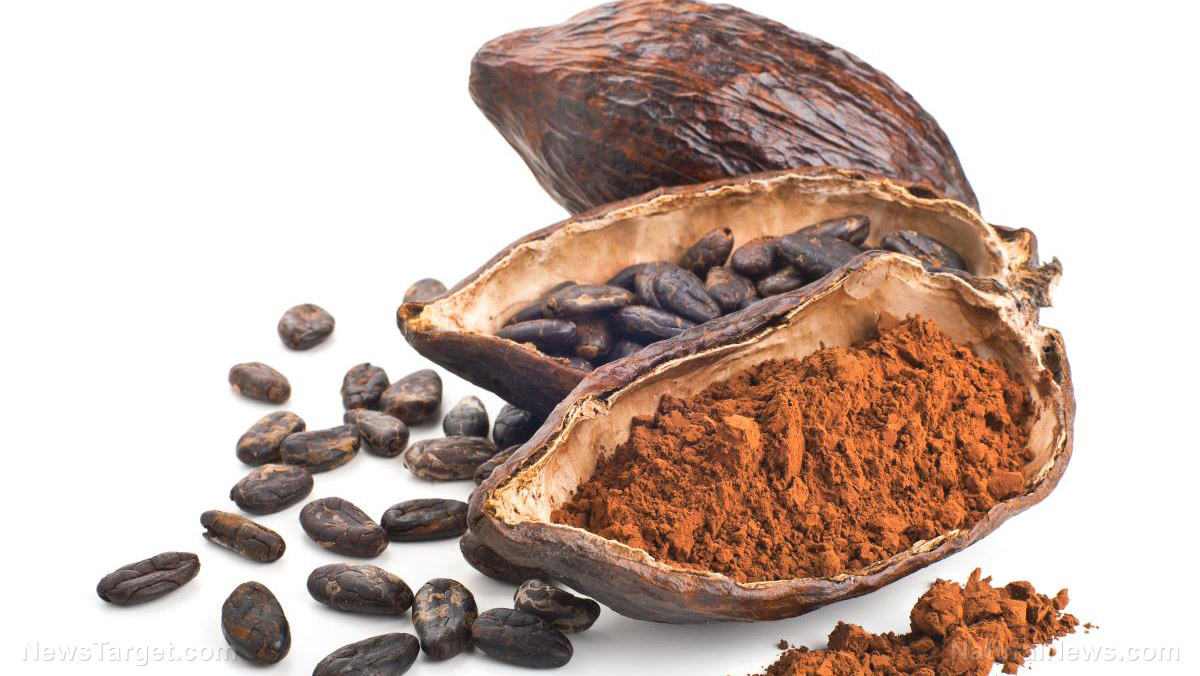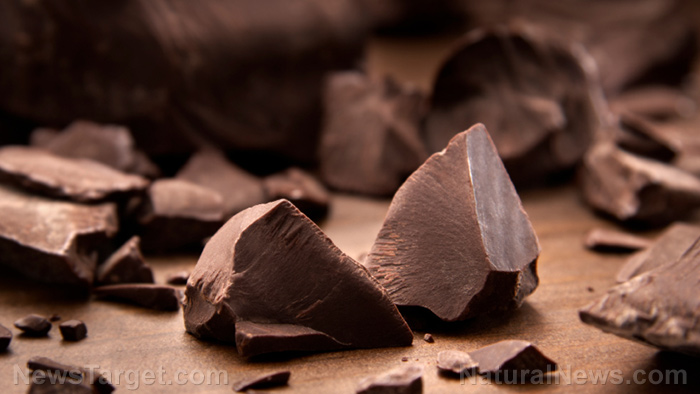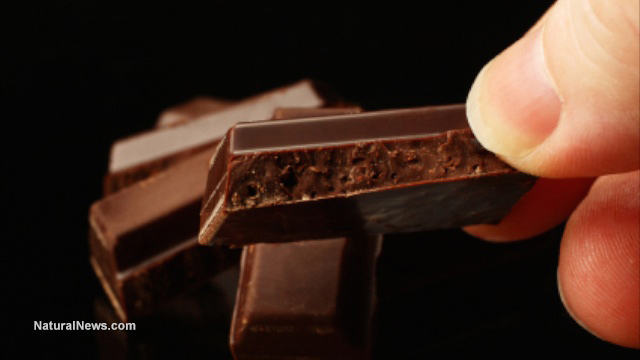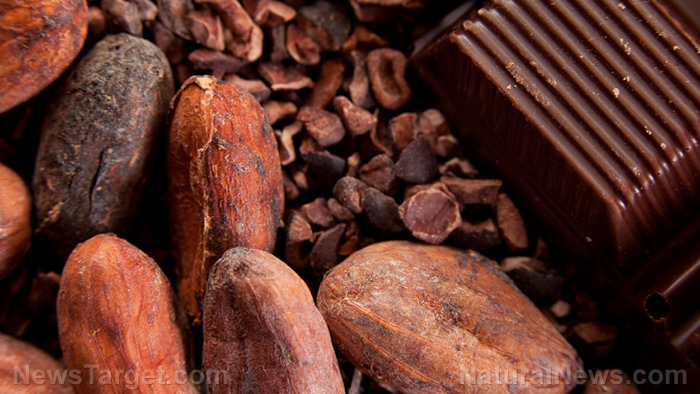Better chocolate, better benefits: High quality chocolate, without additives, is very good for the heart
05/28/2019 / By Isabelle Z.

If you’ve been eating chocolate every chance you get on account of its health benefits, there’s something you need to know: Only certain types of chocolate will do the trick. This is especially true when it comes to cardiovascular health. Chocolate can be incredibly protective of heart health, but choosing the wrong kind could completely undo your efforts. Here’s what you need to know.
First, if your chocolate came in a pretty box with a ribbon on it and it features cute shapes and decorations, it’s probably not going to do your health any favors. Candy bars and boxed chocolates have so much added sugar and calories that they simply aren’t worth eating despite the benefits you may gain from the chocolate – if enough is even present to make a difference.
Instead, you need to seek out pure chocolate made of cocoa beans to get the antioxidant flavanol, which is what protects your arteries from damage, wards off heart disease, and keeps your blood flowing optimally.
UT Southwestern Medical Center Registered Dietitian Dr. Lona Sandon said: “In terms of protecting the heart, research suggests that drinking a cup of dark hot chocolate can be equated with drinking a glass of wine.”
It’s the “dark” part that makes all the difference. Dark cocoa has a higher percentage of cocoa solids and typically doesn’t have added sugar. This makes it a great source of polyphenols. To put it in perspective: A 1.5-ounce bar of dark chocolate contains 950 milligrams of antioxidants. A comparable bar of milk chocolate provides just 400 milligrams. What about the same amount of white chocolate? This has no antioxidants as it’s just a confection of sugar and fat.
Unfortunately for those with a sweet tooth, it’s the very flavanols that provide health benefits that are responsible for the pungent taste of dark chocolate. There’s no way around this, so look for dark chocolate with the highest cocoa content possible if you’re consuming it for health benefits. It can be an acquired taste, so you may want to start on the lower end and work your way up as you get used to it.
Eat the right kind of chocolate
The absolute minimum should be 70 percent; see if you can eventually embrace the flavor of 85 or even 90 percent. Much like black coffee, it’s a type of bitterness that many people learn to love and eventually even crave.
Another caveat: Watch out for cocoa powder that has undergone “Dutch processing.” Dutched cocoa is treated with an alkali to help neutralize its acidity, and this reduces its flavanol content significantly. You should also check labels and avoid those that have additives.
Don’t overdo it
How much should you consume? One study showed that middle-aged adults who consumed up to 3.5 ounces of chocolate per day had a lower rate of heart disease than those who don’t eat chocolate, but that is considered a very high amount and it’s quite possible lower quantities will also provide the same benefit. Many experts suggest enjoying a moderate amount of 1 ounce of the darkest chocolate you can find a few times a week.
If you’re not a fan of dark chocolate, you don’t have to start eating it simply because you’re concerned about your heart. You can always focus on other flavonoid-rich foods such as cranberries, red wine, apples, and tea instead.
Eating healthy doesn’t have to be boring. While processed foods full of chemical taste enhancers might provide a huge flavor payoff, they are incredibly damaging to your health. Thankfully, some of the foods that have the most natural flavor, like dark chocolate, also happen to be among the healthiest.
Sources for this article include:
Tagged Under: antioxidants, Cacao, cardiovascular disease, Chocolate, dark chocolate, flavanols, heart disease, heart health, nutrients, prevention, supplements
RECENT NEWS & ARTICLES
Chocolate.News is a fact-based public education website published by Chocolate News Features, LLC.
All content copyright © 2018 by Chocolate News Features, LLC.
Contact Us with Tips or Corrections
All trademarks, registered trademarks and servicemarks mentioned on this site are the property of their respective owners.
















